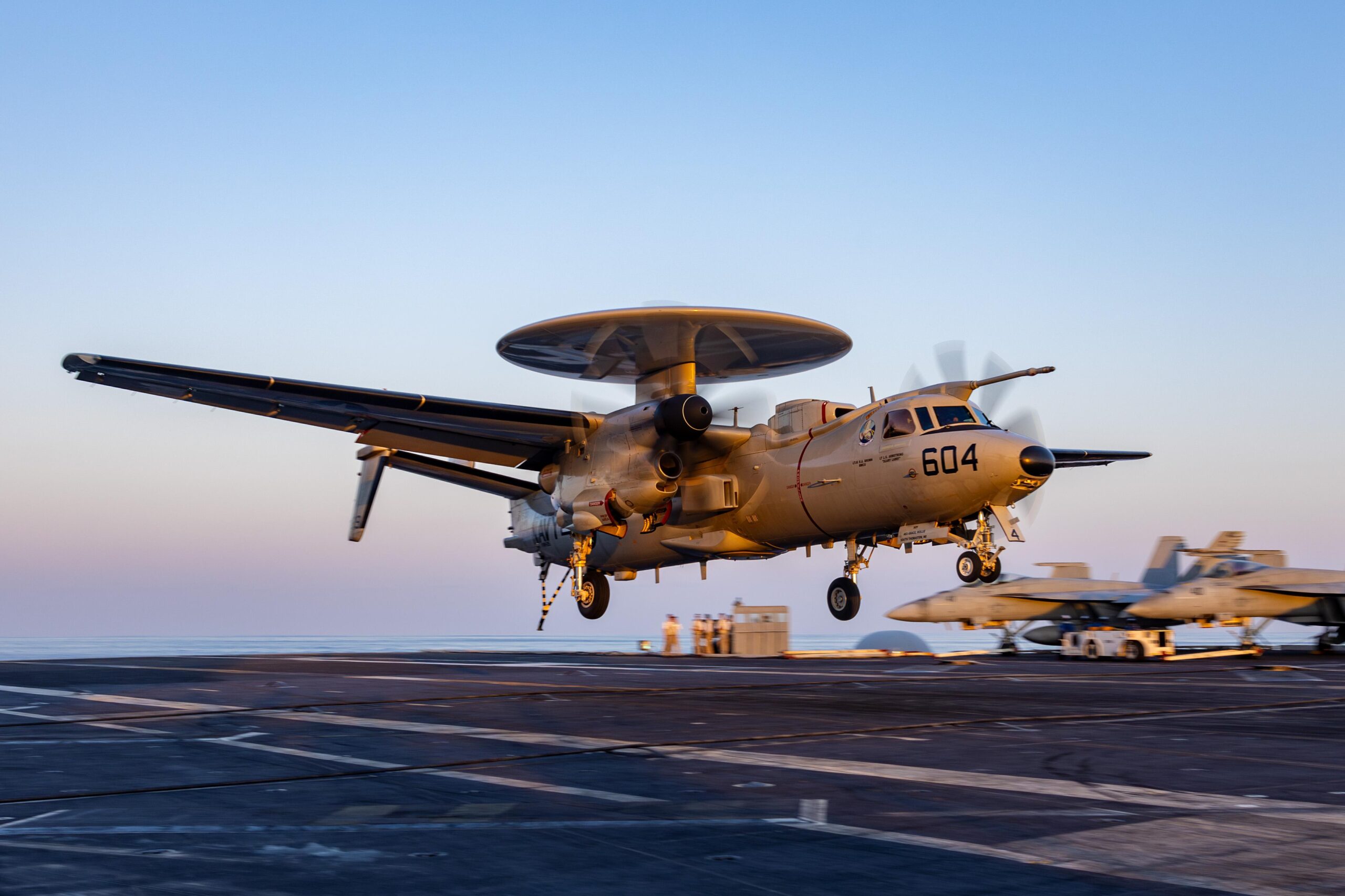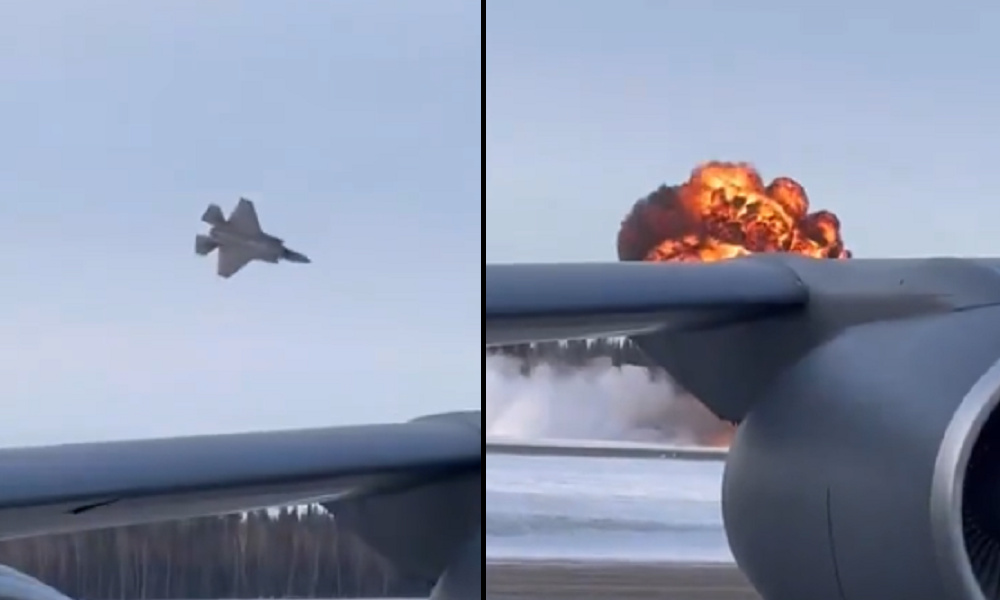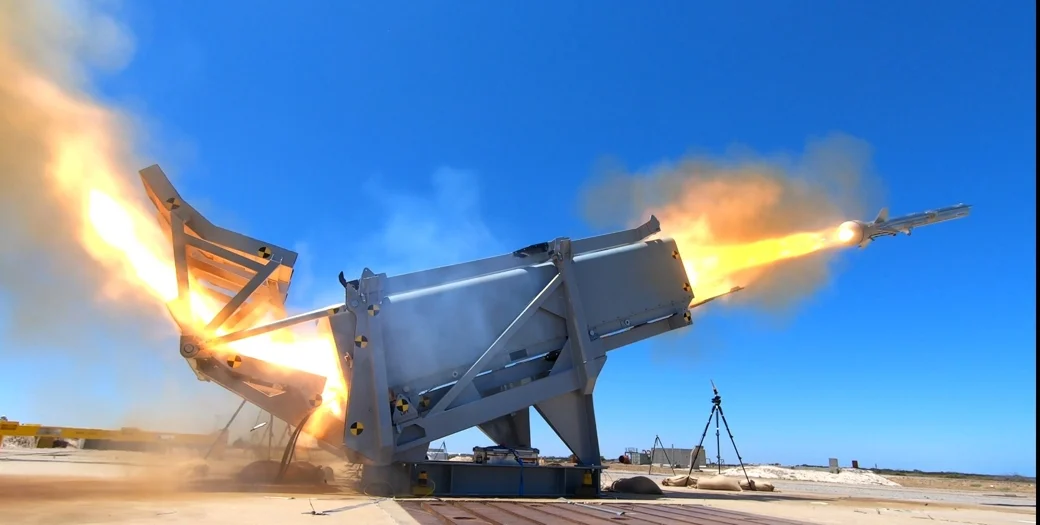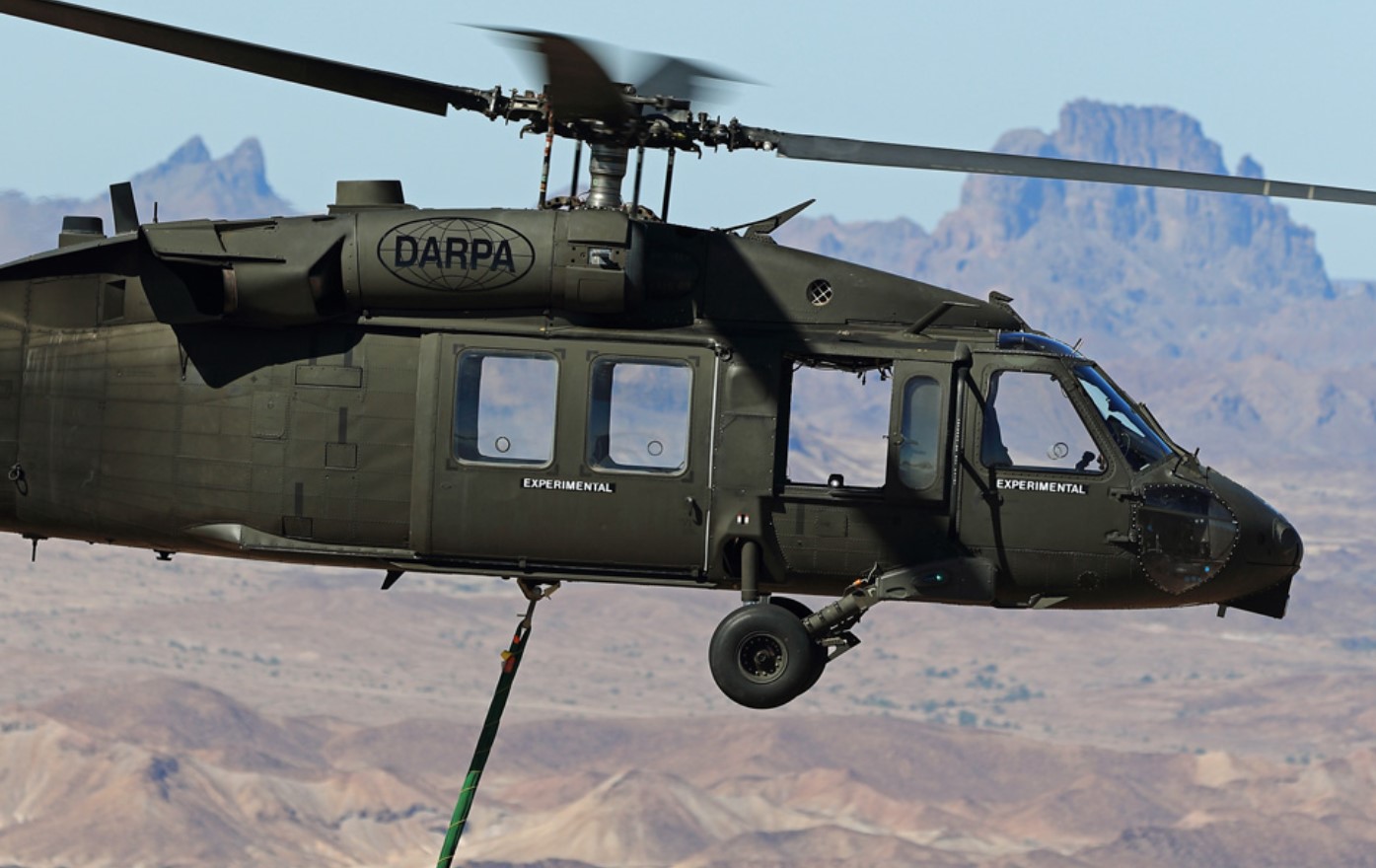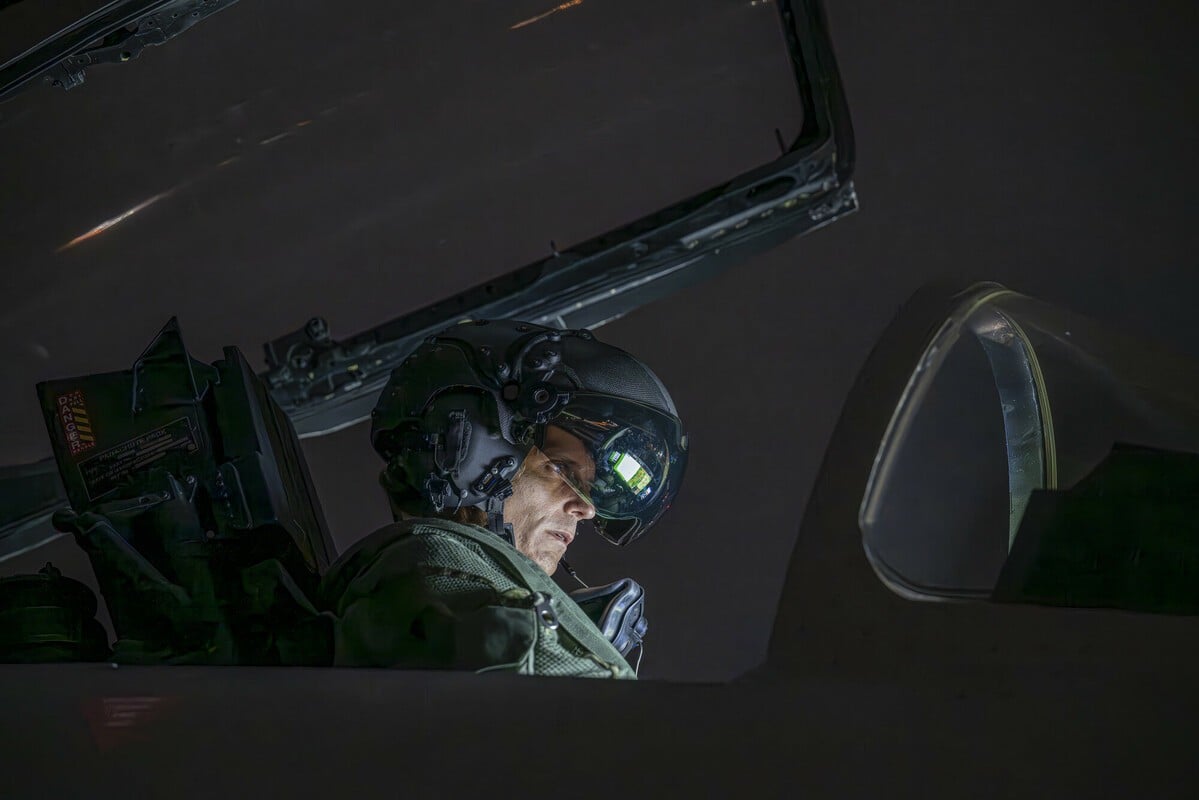The US Navy, in collaboration with Northrop Grumman, has successfully completed the Preliminary Design Review (PDR) for the E-2D Advanced Hawkeye Delta System Software Configuration (DSSC)-6. This achievement represents a substantial advancement in the modernization efforts of the E-2D, which is crucial for maintaining its effectiveness as a command and control aircraft.
The DSSC-6 is set to enhance various aspects of the aircraft’s flight and mission systems, including pilot workload management, situational awareness, and cyber defense capabilities. Additionally, it aims to tackle issues related to parts obsolescence while integrating improved computing and electronic storage solutions. A significant feature of this upgrade is the development of a modular open systems architecture, which will facilitate the incorporation of future technologies into the aircraft.
Lt.Cmdr. Neil Whitesell, the Program Manager for DSSC-6, acknowledged the milestone, stating that the successful completion of the PDR affirms the innovative efforts undertaken by the joint teams from PMA-231 and Northrop Grumman Corporation. He emphasized that this milestone is vital for securing the Navy’s dominance in carrier-based airborne command and control into the 2030s and beyond.
In a move that highlights the importance of these upgrades, Northrop Grumman was awarded a substantial contract valued at $845.5 million in September 2023 to carry out the development of the DSSC-6. The Navy has scheduled the first test flight for fiscal year 2027, with an initial operational capability targeted for 2030. The DSSC-6 is a crucial component of the E-2D’s sustenance plan, aimed at ensuring its operational viability well into the 2040s. The Navy plans to implement these developments in a phased manner to continuously enhance the aircraft’s performance.
To provide context, the E-2D Advanced Hawkeye has already seen multiple software upgrades in recent years. The DSSC 3.1, introduced in 2021, brought significant enhancements including the integration of the Joint Tactical Radio System and Link 16, which bolstered cybersecurity measures. Version 4 was rolled out in 2023, focusing on improvements in data fusion, GPS capabilities, and radar systems. Looking ahead, the fifth software update is scheduled for release in 2025, featuring upgrades that are deemed critical for the combat effectiveness of carrier strike groups, especially in anti-access/area denial scenarios.
The forthcoming sixth update aims to ensure interoperability with the Joint All-Domain Command-and-Control system and the Naval Operational Architecture, enhancing the E-2D’s integration within broader military operations.
The E-2D Advanced Hawkeye is the most recent variant in the E-2 series of carrier-based airborne early warning and command and control aircraft. It boasts enhanced radar sensor capabilities and a robust network-centric infrastructure, facilitating a range of critical tasks, including theater air and missile detection, battlefield management, command and control, and tracking of surface warfare and strike warfare assets.
As part of the Navy’s modernization efforts, a total of 78 E-2D aircraft are projected to be inducted by 2025, replacing the older E-2C models. Additionally, international partnerships are in play, with five E-2Ds set for delivery to Japan and three earmarked for France, underscoring the aircraft’s role in global defense alliances.

